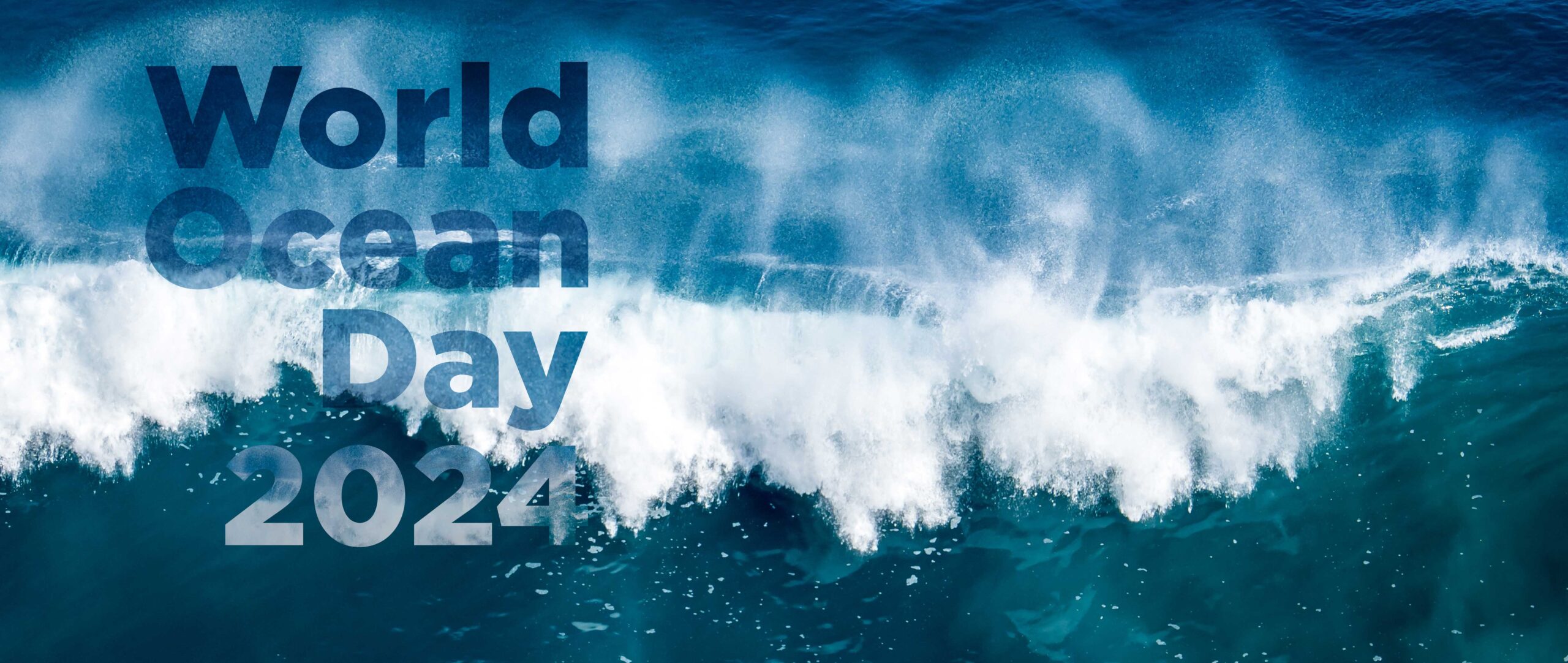World Ocean Day, the hidden value in the ocean
When you think of World Ocean Day, you might imagine sharks, whales, dolphins, and turtles – charismatic animals that beguile us with their intelligence, ingenuity, and fascinating behaviours.
But the vast ocean is teeming with life and even the tiniest organisms play their part in keeping our planet healthy.

Overlooking the smaller things is common in exploration, says Pedro Leão, Principal Investigator on the Cyanobacterial Natural Products team at CIIMAR (EMBRC Portugal): “People will always go for the low hanging fruit,” he says, pointing to Livingstone’s initial expeditions which focused on terrestrial animals long before people started looking at the potential benefits found in microorganisms. At that time, we had no way to understand microorganisms so it makes sense that people looked at flora and fauna first, he says.
Leão studies the natural products that come from cyanobacteria: a common photosynthetic bacteria, also known as blue-green algae, found in the water column as well as soft and hard substrate. These bacteria produce a wealth of natural products with antibacterial, antiviral, antifungal and even anti cancerous properties.
Yet, there could be many more medical and technological applications yet to be discovered.
“We only know of about 5 percent of the diversity of the natural products that we can encounter in the genomes of these organisms.
Discovering microorganisms’ hidden secrets requires global and interdisciplinary collaboration.
“As a member of EMBRC, our primary mission is to provide services,” says Ian Probert, a research engineer and microalgae culturing expert responsible for the Roscoff Culture Collection, mainly of marine microorganisms. Researchers can browse the culture collection’s online catalogue, order cultures, and use them in their experiments.
Among other groups of microorganisms, Roscoff is home to the biggest coccolithophore resource available to scientists. Manipulating variables such as temperature and pH allows researchers to see how changing ocean conditions might affect these organisms – in particular, how they form their calcite scales.
This is important because coccolithophores can produce huge blooms. Even though each individual can be as small as one 200th of a millimetre, there are so many of them that when they die and sink to the bottom of the ocean they take the carbon within their calcite scales down with them. This process can impact global carbon cycling.
“It’s like a carbon trap. Taking carbon out of the system, and trapping it at the bottom of the ocean so it has an effect on climate regulation.
Understanding the potential implications of a changing climate on these organisms is important but complex. “It’s not as straightforward as you might think,” Probert says. Some strains of coccolithophores calcify less in more acidic waters – meaning less carbon going down to the seabed when they die off – but some weren’t affected. Others might calcify less but grow more, meaning there could still be huge volumes of carbon sinking down.
The difficulty of predicting the mid to long-term impacts of a changing climate on these tiny creatures create challenges when trying to engage with decision-makers.
“It’s not easy to persuade policymakers about the importance of something which is tiny, invisible and far away. Their focus is often on the short-term, more visible impacts.
Establishing a baseline knowledge of the diversity and abundances of these organisms – and how they’re affected by climate change – is key to making the impacts clear to policymakers. “If you ask the scientists, there’s never enough attention on these issues,” says Probert.
Research is taking place across EMBRC’s European infrastructure to help move the needle, with long-term observations through initiatives such as EMO BON being particularly important.
Gathering data over long periods of time allows us to better understand the complexity of the natural system. EMO BON allows researchers to come together, share ideas, and learn from each other’s work.
Scientists in EMBRC’s network are also trying to improve the sustainability of their work, Leão says. This includes ensuring any benefits from genetic resources are shared fairly (through the Nagoya Protocol), finding less energy intensive ways of conducting their research, and rethinking how they source specimens.
“We’re simply taking very small amounts, sequencing their genomes directly from the environment, and then synthesising those genes and putting it into another organism so that we can make those compounds without ever having to harvest large amounts from the ocean.
The UN’s Sustainable Development Goal 14 (Life Below Water) refers to all marine life – not just the charismatic animals. Research across EMBRC’s European infrastructure is helping to boost our understanding of marine organisms, big and small, so we can inform better science-based decision-making and find new ways of protecting our planet.
”The oceans have so much diversity not only in terms of the megafauna, or the macroalgae that everyone has seen, but also in terms of microbiology,” he says.
So, this World Ocean Day, the team at EMBRC is celebrating the tiny and often overlooked parts of the ocean, and the important benefits they bring.
“Just because you can’t see it doesn’t mean it’s not there.
More information about EMO BON’s important contribution to ocean observation here

